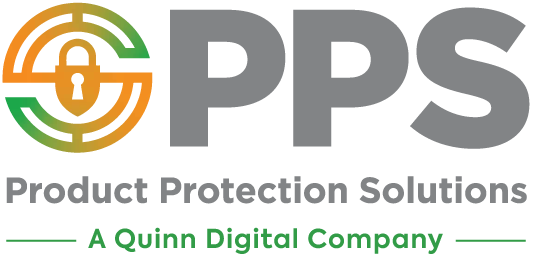It’s common to hear the terms loss prevention and asset protection in retail stores, supermarkets, and pharmacies. Now you might be wondering what’s the difference between the two words, loss prevention vs. asset protection, and when you should implement a strategy in your business.
Loss Prevention vs. Asset Protection: Definitions & Goals
Those two words have very similar definitions for retailers. You can use them interchangeably when discussing strategies and tools to help reduce shrinkage. Loss prevention and asset protection’s goal is to take a proactive approach toward reducing losses.
The only minor difference between the two words is the goals of loss prevention vs. asset protection. Loss prevention aims to protect (and ultimately increase) business profit. In comparison, an asset protection plan focuses on protecting items from loss.
This difference in their goals is minor. When a company develops loss prevention or asset protection strategies, they focus on finding a way to safeguard merchandise so the bottom line is protected.
Examples of Loss Prevention and Asset Protection
Since these strategies are an organized effort made by a company, here are a few examples of the types of losses these plans help to reduce.
- Protect against theft from individuals and Organized Retail Crime (ORC) groups
- Guard against employee theft
- Reduce administrative errors
- Prevent needless waste
- Correct inventory discrepancies
- Identify potential vendor fraud
Signs You Might Need a Loss Prevention/Asset Protection Strategy
Any company with assets should have a plan to defend those items. Here are some signs that you should have a loss prevention plan for your business.
- Regularly losing food to spoilage
- Product damage is a common occurrence
- Frequent inventory discrepancies
- Repeated customer dissatisfaction about lack of inventory
- Constantly apprehending thieves
- Continuing to “lock up” items in glass cases or behind the register
Examples of Loss Prevention/Asset Protection Strategies
Now that you’re aware of why you need an asset protection strategy, it’s time to learn what strategies you could implement to solve your problems.
Spoilage Solutions
- Prepackage product
- Don’t overcrowd food in a registered area
- Monitor trends to reduce overstocking
- Use EAS labels for fresh and frozen products to prevent theft
Product Damages Solutions
- Ensure all aisles are clean and organized
Overstocking Shelves
- Keep product displays to a minimum
- Display fragile items on higher shelves
Inventory Inconsistencies
- Implement an inventory management system
- Record inventory shipments as they arrive and compare numbers to the purchase order
Unhappy Customers
When shoppers can’t find the item they want, they often leave a store and shop elsewhere. Keep your customers happy by monitoring inventory data to prevent understocking and secure high theft merchandise with loss prevention devices to reduce theft.
Frequent Shoplifters
- Use security devices
- Tags
- Quad wraps
- Safers
- Bottle locks
- Install an EAS system
- Create an open store layout that removes blind spots
Locking Up Merchandise
When merchandise is locked up, or the shopper needs a sales associate to unlock a product, they are less likely to purchase it. Consider using security devices to prevent locking up your merchandise.
- Benefit denial devices
- Intelligent fixtures
- Tamper-proof labels
More Resources Are Available!
Your learning doesn’t need to stop here. Read some of our other articles on loss prevention and asset protection solutions.
High Quality & Effective Retail Anti-Theft Devices
How to Combat Theft in Retail Stores
The Loss Prevention Technique Used by Most Companies
Learn How PPS Can Help You Meet Your Goals
At Product Protection Solutions (PPS), we’re a loss prevention company that helps businesses of all sizes reduce shrinkage and reach their loss prevention goals. From guiding our customers with knowledgeable, trustworthy advice to providing rapid, technologically advanced solutions, we’re here to help!



Leave A Comment